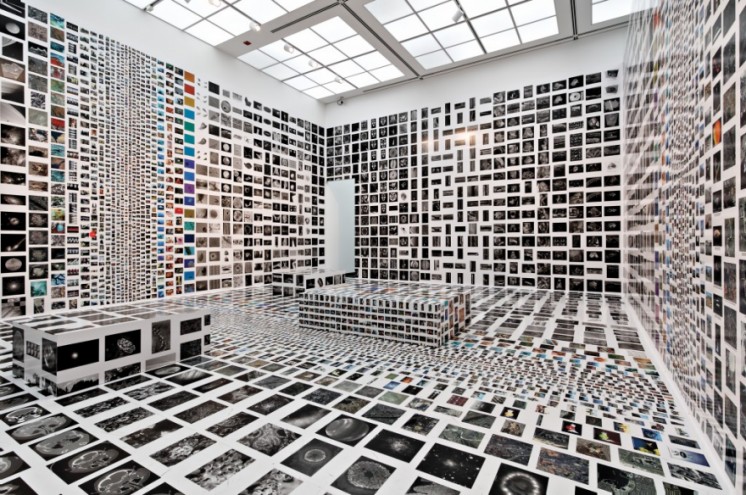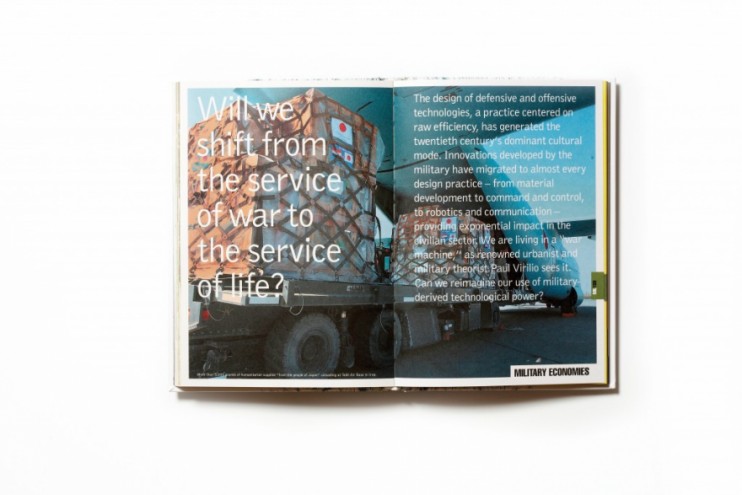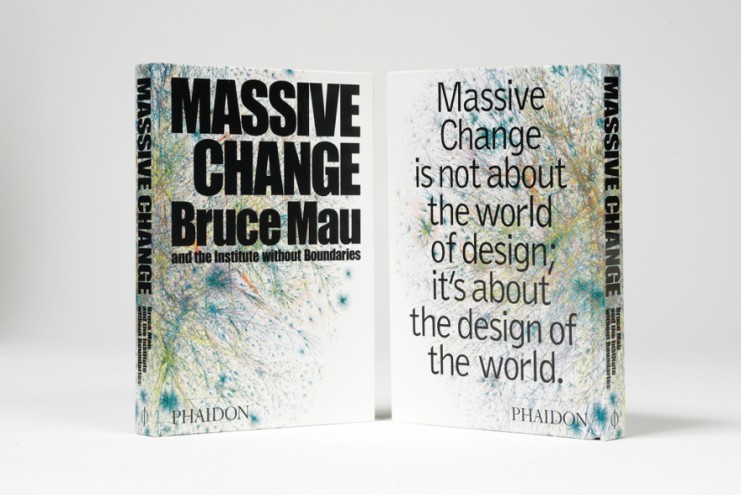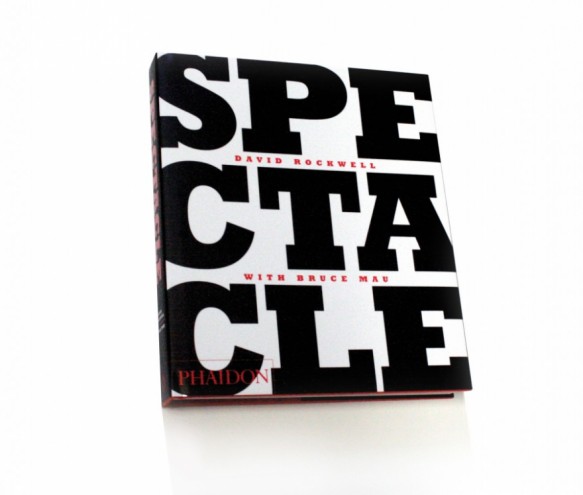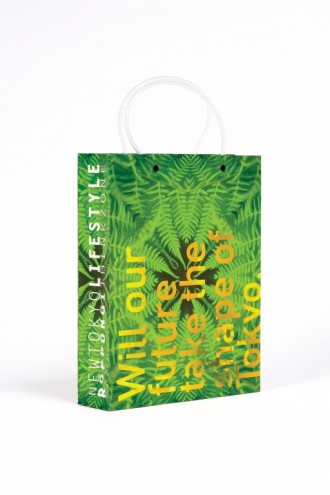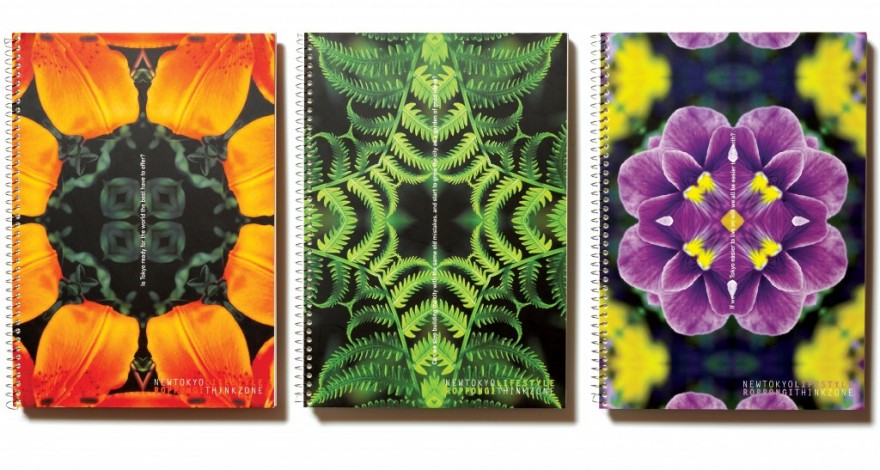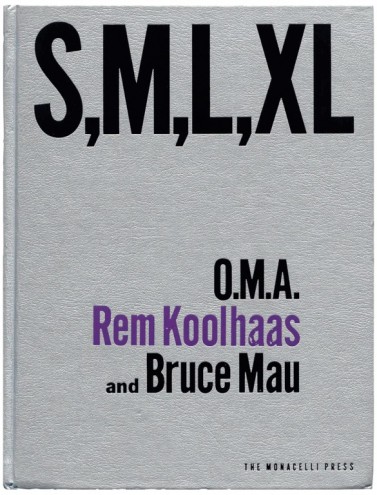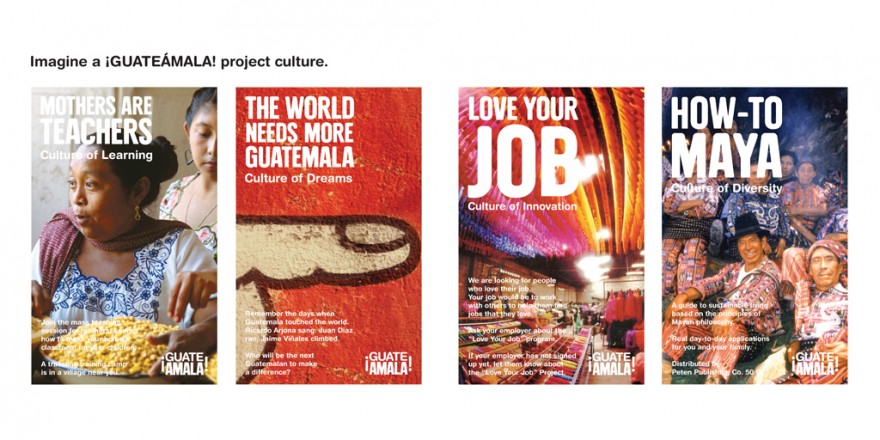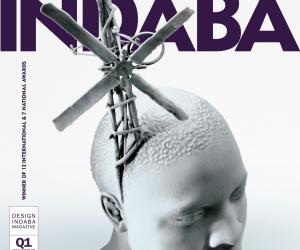First Published in
The figure of Bruce Mau has loomed large on the design landscape for some time, since his seminal publication with Rem Koolhaas and OMA – S,M,L,XL – and onto Lifestyle and his most recent bible to optimism, Massive Change. Bruce Mau is a graphic designer, researcher and author working out of his studio – Bruce Mau Design – in Chicago, Illinois. His approach to design is characterised by a strong acknowledgment and articulation of the social role design plays in our everyday lives, coupled with a philosophical and quite academic view of design’s role as both a business and cultural tool as well as the mechanics of how design can be the preeminent means to effect global change. Design Indaba invited Michael MacGarry to ask him questions regarding how this approach manifests itself and its attendant challenges.
Michael MacGarry: Do you see your design as a form of dissent?
Bruce Mau: No. I don’t begin from the negative. I confront sometimes very difficult, complex and challenging situations, but I approach the opportunity with optimism and possibility. Designers do not have the luxury of cynicism. Criticism is an important part of an ecology of knowledge and information that can be ultimately productive in solving problems, but it is not the part that we are charged with. Our work is to solve problems, not merely state the fact that there is a problem, or point the finger at who caused the problem, or throw stones at the people that benefit from the problem. As our work is to solve the problem, the idea that expressing ourselves as artists is best defined in the negative is a sad consequence of the cultural conflation of “critical” and “negative”. The single most radical action we can take, the most critical and revolutionary, is to invent a new and better way to do things. A way that changes the world and proves the limits of the old way by demonstrating new means of thinking and being.
The idea that design inspiration is conditional to various temporal and contextual specifics like history, socio-economic structures, access to technology, the vernacular, language and culture is largely a given, and has proven currency. However, aside from being able to communicate a political message, how effective do you think design itself is at manifesting social influence, exerting political will or affecting revolution in a tangible way?
Practically our entire experience is conducted within a designed environment, so our social conduct, our political imagination and our cultural frame are all bounded by the experience that we imagine in design. Our limits are set by the extent of our design. Our possibilities are envisioned in the image we design. If you begin with Churchill’s idea that “We shape our buildings, thereafter they shape us”, and extend that to our cities, our modes of communication, our interfaces, our environments, even our natural domains; then you come to realise that design is the method of defining our lives. Since most of our experience happens within a designed envelope, the definition of that envelope is absolutely critical, and much more significant than we ever imagined. In this sense, the practice of design, of defining and shaping our future, is a fundamentally philosophical practice. Since our lives will be played out in the space that we invent, our capacity for invention, for understanding the full amplitude of human ambition and possibility is critically important, and unfortunately hardly acknowledged as a methodology.
Is idealism healthy? That said, can it be pragmatic?
Idealism is the foundation of everything every designer does. Every project, I hope, begins with the possibility of doing something in the best possible way. We are always striving to an ideal – even if we don’t dare to admit it. How we define that ideal, what parameters we include and exclude, what we privilege, what we dismiss, defines the culture and humanity of our work. If we externalise anything that complicates our life, no matter the environmental or human impact of that decision, we may think of ourselves as idealistic, but in fact we are profoundly limited in our approach, and perhaps unaware of how clumsy and brutal we are. On the other hand, as we attempt to embrace the complex, holistic understanding of our work and life, we can begin to define an ideal in a much richer and more productive way. In this sense, idealism is fundamentally pragmatic. Only pragmatism can be ideal.
Can design be a form of patronage? With patronage, in this instance, understood as a form of power.
Design is the ultimate power. The shape of the future, the range of movement, the extent of possibilities, the scale of the envelope, are all defined by the design of our systems and our environments. One of the greatest responsibilities of designers in the 21st century is to more deeply understand the extraordinary possibilities that we have, and the impact that our decisions will have on generations to come. For the most part designers are embarrassed to admit the power they have, afraid of embracing the full magnitude of what they are doing, and unwilling to take on the complexities of the decisions they are part of. Design should be at the board level of every organisation. Design decisions change everything.
Do you think philosophy is a form of design?
Content is form, and form is content. In the same way, our philosophical models are designed and developed in response to our life experience through intellectual intervention. Philosophy is a design project. And since philosophy is fundamentally about the way that we live, our approach to understanding and conducting our life, and we live within a designed world, the two are partners in our project of life. Design is the method by which we concretise and prototype our philosophical speculations.
The back blurb of your Massive Change book details a concern with the “design of the world”. The cacophony of narratives and contextual specifics of a planet as complex and veiled as Earth’s are often, for the purposes of abstract analysis, conflated into one homogenous entity and identity – usually premised on an understanding of a common humanity or greater good. Be it on social, political, economic or increasingly environmental grounds. Does your book unpack this paradigm? Coming from the “First World” perspective of Canada, do you feel that there really is “one world” in any sense other than a geographical or celestial one?
I do believe in “one world” as a shared human outlook or sensibility. I do believe in the possibility of improving the potential for more people and allowing more and more people to participate in the revolution of possibility that we are experiencing as a global culture. I do believe that there is a possible future where more people have access to greater wealth, greater mobility and access, greater longevity, and greater freedom and education; where people connect across cultures, languages, religions, and national boundaries to collectively solve the great challenges of the world. I just believe that the future is now. That vision of “one world” is our current reality. More people are wealthier, healthier, living longer, better educated and have greater freedom and access to global possibilities, than at any other time in human history – by a radical long shot. While the gap between rich and poor is wider, more people are participating in the wealth of the world and the wealth is more widely distributed than at any time in history. And we are collectively working to increase access and possibility, and to allow more and more people to share in the potential.
Not that we are entirely successful. There are still horrible people, stupid agendas, evil intent, grotesque mistakes, systemic unfairness, poverty, violence and corruption. But the dominant reality is development and it is critically important that we see it, recognise it, celebrate our accomplishments and understand our global commitments. Because the more we do, the more inspirational it is, the more momentum we have, the more people join our movement, the more powerful the idea becomes, and more difficult it will be to stop the global movement for universal development.
Sadly, there is one region that has participated the least in this revolution, and that is Africa. As a continent, Africa has seen the lowest impact of the changing possibilities that the rest of the world has embraced. That has to change and will be the test of human character for the 21st century – if the critical condition of Africa does not radically improved, it will be a sad commentary on human culture.
While the work of Bruce Mau Design evidences a highly developed, delirious and idiosyncratic visual language and methodology – would you describe the social objectives of the project?
The underlying objective of our work is to make a better world and be part of the revolution of possibility I described. We believe that can take many forms and are not constrained by conventional definitions of social improvement. We don’t see a conflict between making a line of carpets that are entirely sustainable (with a toll-free number on the back that you can call to have the carpet recycled into a carpet again, meaning that it never goes into the waste stream) and designing a museum of biodiversity in Panama City or information graphics and communication systems for the Walt Disney Concert Hall in Los Angeles. We bring the methodology of cultural thinking, development and improvement, intelligence and holistic thinking to everything we do. In fact, the diversity of engagements allows us to transfer knowledge and experience from one realm to another.
Do you feel society in general, or rather the multiple human societies currently operating on this planet, should strive to be design-driven? Is chaos limiting?
Chaos is limiting only in the sense that if you have particular ambitions, goals, objectives or dreams, the likelihood they will happen by accident is radically low. The only way we can accomplish specific outcomes – however culturally specific – is through design. In every human society we have developed the notion of design, the idea of sharing a vision and systematically working to build that vision. Some societies have developed very advanced and well-resourced methodologies, and have focused enormous energy and commitment on the infrastructure of design, building universities, research institutions and systematic protocols for design development. In a world that is experiencing massive change – transitioning from six to nine billion people in half a century – the societies that develop and embrace the capacity to solve problems will be the ones that flourish and succeed at best providing opportunity and resources to their citizens. I hope that will be all of the societies on the planet.
What are the difficult aspects to being a designer?
There is so little time, and I would like to spend all of it with my children.


